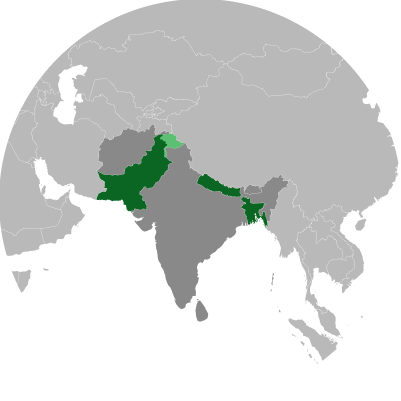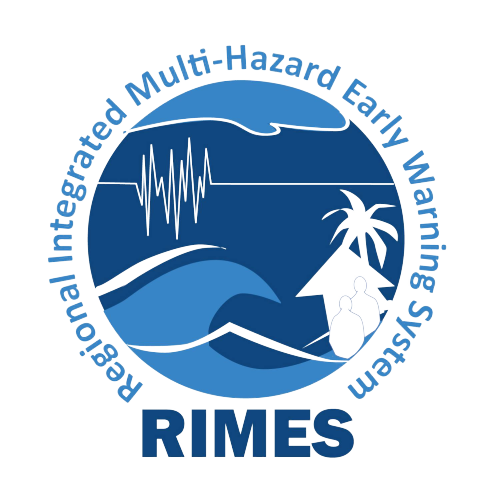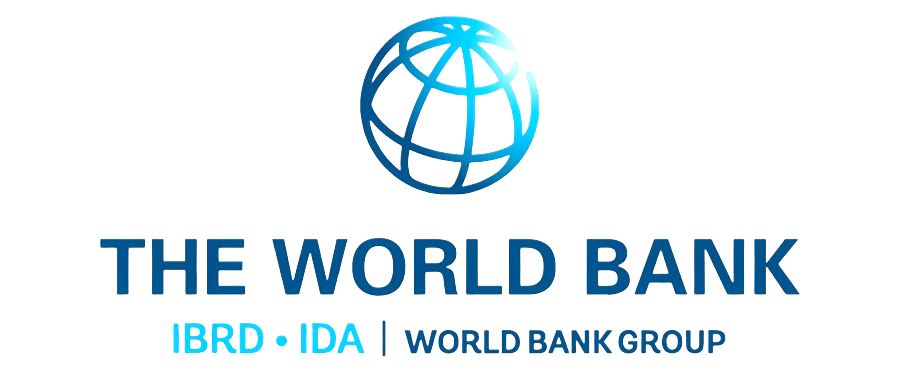Focus Countries In
South Asia Region
- Bangladesh
- Nepal
- Pakistan
- Other SAR Countries
Bangladesh
As one of the most climate-vulnerable countries in South Asia, Bangladesh faces a range of environmental challenges, including rising sea levels, frequent flooding, cyclones, droughts, heatwave, etc.
To enhance the ability to plan, adapt and mitigate the climate risk and impacts, the Component 1 of CARE for South Asia in Bangladesh works on supporting the existing tool in the agriculture sector and co-developing national-level Decision Support Systems (DSSs) for livestock and water sectors, to enable climate informed decision making within the department/ministries. The activities include:
BAMIS
Decision Support System

KMS, ASBDP, and mobile application in support of the Bangladesh Agro-Meteorological Information Service (BAMIS) for the Department of Agricultural Extension (DAE)
NLAS
Decision Support System

National Livestock Advisory System (NLAS) for the Department of Livestock Services (DLS)
FFWC
Decision Support System

DSS for the Flood Forecasting and Warning Center (FFWC).
CARE for South Asia, Component 1in Bangladesh also works with Bangladesh Meteorological Department (BMD) on capacity enhancement to improve Bangladesh’s climate services in responding to changing climate in the country/region.
Nepal
Nepal’s climate vulnerability is multifaceted due to unique geographical location and socioeconomic conditions, making it susceptible to a wide range of climate-related risks.
These include rising temperatures, changing rainfall patterns, melting glaciers, and extreme weather events. CARE for South Asia, Component 1 in Nepal focuses on addressing these through the development of national-level DSSs that will generate actionable insight and guidance, enabling from policymakers in agriculture, disaster management, and transport sectors to farmers in communities, to respond effectively and efficiently to emerging risks. The activities include
ADVISE
Decision Support System

Agriculture Advisory System (ADVISE), for the Ministry of Agriculture and Livestock Development
NAVIGATE
Decision Support System

National Vehicular and Transport Gateway (NAVIGATE), for the Department of Roads (DoR),
Satark
Decision Support System

Satark (Multi-hazard Early Warning DSS), for the National Disaster Risk Reduction and Management Authority (NDRRMA).
Focused capacity building of the Department of Hydrology and Meteorology (DHM) is also undertaken, aiming to leverage their weather forecasting systems and services for climate resilience in Nepal.
Pakistan
Pakistan’s geography – surrounded by mountains in the north, deserts in the west, fertile plains in the center, and a coast in the south, climate change’s impact poses a serious and far-reaching threat to Pakistan, affecting its various sectors from agriculture and livestock to water sectors.
A data-driven tool will play a critical role for policymakers and decision-makers, aiding in making timely and informed decisions and developing a long-term plan for the country. CARE for South Asia Component 1 in Pakistan empowers the significance of integrating climate with sectoral data to generate actionable information, focusing on the development of :
ADVISE Balochistan
Decision Support System

ADVISE, for Balochistan Agriculture and Cooperatives Department (BACD)
ADVISE Punjab
Decision Support System

ADVISE, for Punjab Agriculture Department (PAD)
CLIM-PLANNED
Decision Support System

Climate-Informed Planning and Development System (CLIM-PLANNED) for the Ministry of Planning, Development, and Special Initiatives (MoPDSI).
Closely engaging with the Pakistan Meteorological Department (PMD), CARE Component builds PMD’s capacity in hydromet services through relevant trainings according to their needs and requirements.

Other countries in South Asia Region
Apart from focused countries in SAR, CARE component 1 also implements the South Asia Hydromet Forum (SAHF), another Bank-funded initiative implemented by RIMES. SAHF is a convergence of National Meteorological and Hydrological Services (NMHSs) for sharing of knowledge, building capacity, and aligning national-level technical assistance with regional engagement.
The implementation of SAHF includes:
- Forecasters Forum
- Hydromet Knowledge Hub
- Executive Council Meetings
- Working Group Meetings
- Annual Conferences
are expressed requirements of NMHSs in the region, to contribute to the holistic capacity development of NMHSs.
It also contributes to enhancing data sharing among, and forecasting capacities of, all NMHSs in the region, which shall contribute to a continually improving RDAS and DSSs information products and outreach them to user institutions and end-user communities for undertaking informed decisions for risks and resources management.



